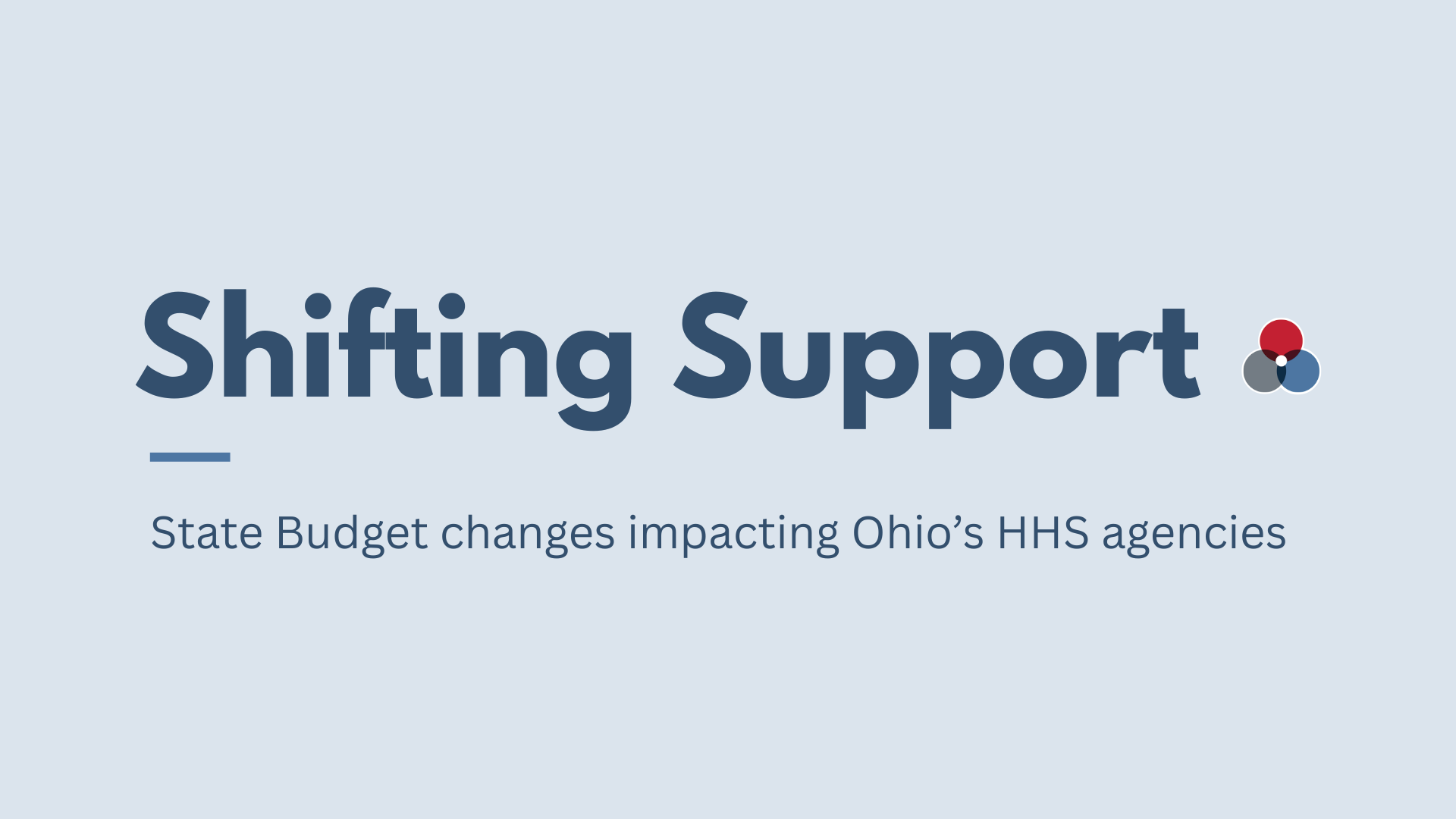Medicaid is a joint federal–state program, but the financing balance tilts heavily toward federal dollars. In Ohio, the federal government pays close to two-thirds of all Medicaid costs through the Federal Medical Assistance Percentage (FMAP). The state provides the rest, with certain groups such as the ACA expansion population receiving enhanced federal support.
Understanding how provider taxes and SDPs work is critical to understanding both the stability of Ohio’s Medicaid program and the risks posed by new federal oversight.
What is striking in Ohio is that state tax dollars make up only a small share of the program’s budget. According to the Health Policy Institute of Ohio’s Medicaid Basics 2025, most of the state’s nonfederal share is financed through provider taxes and fees—on hospitals, nursing facilities, and managed care plans—as well as transfers from public entities. These sources have become essential because they allow the state to draw down billions in federal matching funds without relying heavily on general revenue.
Another important distinction is how extra payments flow back to providers. In fee-for-service systems this occurs through supplemental payments, but as most beneficiaries are now in managed care, states like Ohio rely more heavily on SDPs. These must be written into managed care contracts and approved by CMS in advance.
Understanding how provider taxes and SDPs work is critical to understanding both the stability of Ohio’s Medicaid program and the risks posed by new federal oversight.
READ THE REPORT
5 Things advocates should watch
State budget choices as federal dollars decline.
With billions in Medicaid financing at risk from new federal restrictions, policymakers must decide whether to backfill with general revenue, scale down provider payments, or restrict eligibility. Advocates will need to shape that debate to protect coverage and access to care as much as possible.
The future of the HIC franchise fee.
Ohio’s Medicaid managed care tax raises nearly $900 million per year but is unlikely to comply with OBBA’s uniformity standards or CMS’s proposed ban on taxes that charge higher rates for Medicaid services. Advocates should watch closely how ODM and lawmakers plan to redesign or replace it before the 2028 transition deadline.
Implementation of CMS’s new SDP rules.
Every SDP renewal must now include provider-level impact analysis, actuarial documentation, and proof that rates are at or below Medicare’s upper payment bound. CMS has also capped SDP expenditures at the amounts written into approved preprints and committed to publishing program data. These requirements will shape the size and nature of Ohio’s hospital and other directed payment programs in the coming years.
Enrollment losses from six-month redeterminations and work requirements.
OBBA’s requirement for more frequent eligibility checks and possible work requirements will increase coverage churn and reduce the base of services eligible for SDP funding. Advocates should track enrollment changes and highlight the access implications for Ohioans.
Limits on franchise fee growth.
Even where franchise fees comply with federal rules, they cannot exceed six percent of provider class net patient revenue. This statutory ceiling limits Ohio’s ability to raise additional revenue from hospitals, nursing facilities, or ICF/IID facilities as costs rise or if other financing sources shrink.
State budget choices if federal dollars decline.
With billions in Medicaid financing at risk from new federal restrictions, policymakers must decide whether to backfill with general revenue, scale down provider payments, or restrict eligibility. Advocates will need to shape that debate to protect coverage and access to care.








